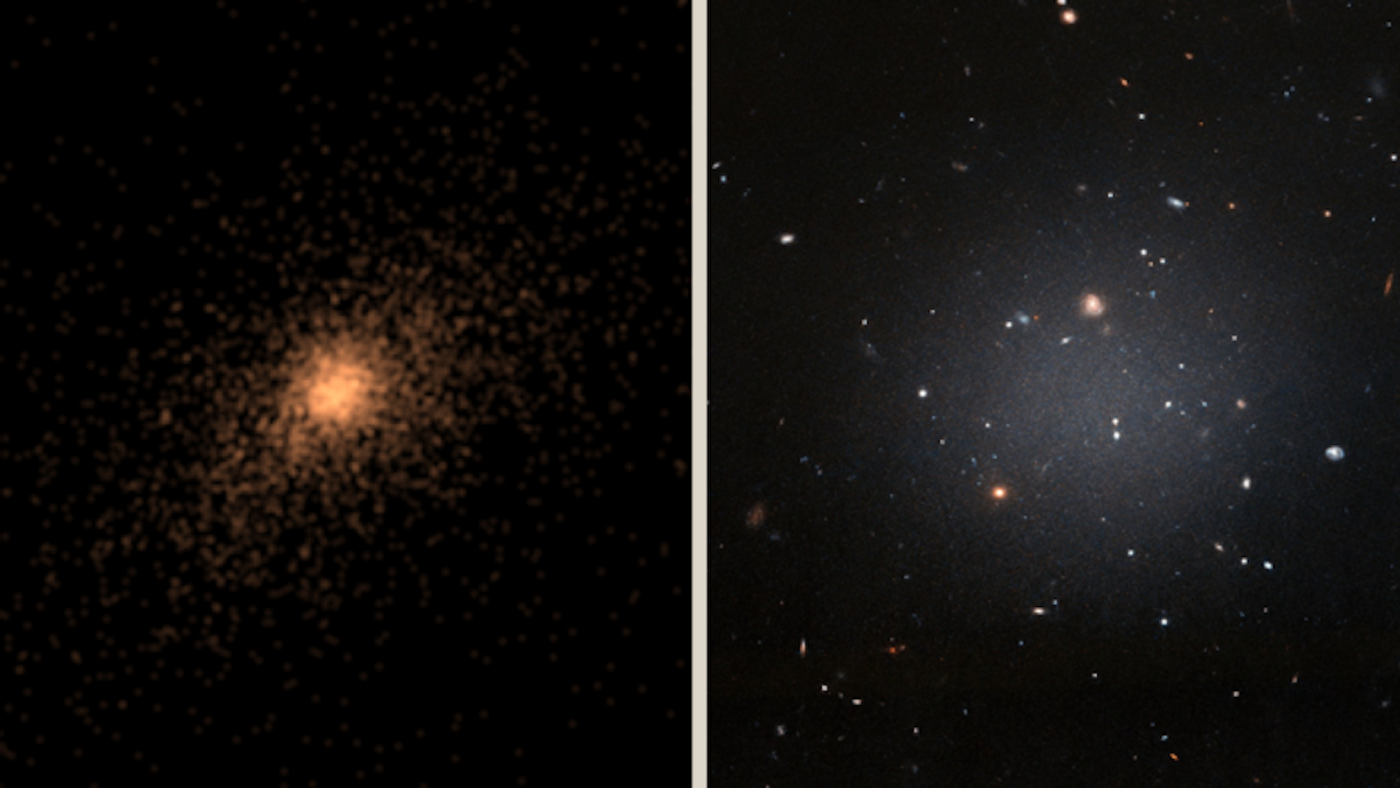Understanding the Formation of Ultradiffuse Galaxies
Ultradiffuse galaxies are difficult to find becasue they aren't very bright since their stars are so far apart. They contain about the same amount of stars as dwarf galaxies (which hold about 100 million to a few billion stars), but their sizes are comparable to larger galaxies like the Milky Way, which is estimated to contain 200 to 400 billion stars. Ultradiffuse galaxies don't contain many gases, they're usually disc-shaped, and the stars they contain tend to be old. Researchers are now learning how ultradiffuse galaxies (UDGs) are formed. The findings have been reported in Nature Astronomy.
Quenched galaxies don't form stars. Researchers have now used sophisticated models to detect some ultradiffuse galaxies that are quenched, but they are also in low density environments in the universe.
“What we have detected is at odds with theories of galaxy formation since quenched dwarfs are required to be in clusters or group environments in order to get their gas removed and stop forming stars. But the quenched UDGs we detected are isolated,” said study co-leader by Laura Sales, an associate professor of physics and astronomy at the University of California, Riverside.
The researchers were also able to trace the evolution of some of these quenched ultra diffuse galaxies back in time. The work determined that these galaxies originated in "backsplash orbits." A backsplash galaxy, Sales explained, looks like an isolated galaxy but was once only a part of a massive system.
“Isolated galaxies and satellite galaxies have different properties because the physics of their evolution is quite different,” she said. “These backsplash galaxies are intriguing because they share properties with the population of satellites in the system to which they once belonged, but today they are observed to be isolated from the system.”
Dwarf galaxies typically have a dark matter halo with a stellar mass ten times smaller than the Milky Way, or less. That scales with the size, explained Sales. But ultradiffuse galaxies have a radial extension that's more like the Milky Way's.
This new research can help bring all of these unusual characteristics in a more accurate simulation, which is called TNG50. It was capable of predicting ultradiffuse galaxies with features like those that have been observed, and it also revealed some rare, quenched unltradiffuse galaxies that had unexplained mechanisms of formation.
“Using TNG50 as a ‘time machine’ to see how the UDGs got to where they are, we found these objects were satellites several billion years before but got expelled into a very elliptical orbit and look isolated today,” said Sales.
Sources: University of California Riverside, Nature Astronomy









